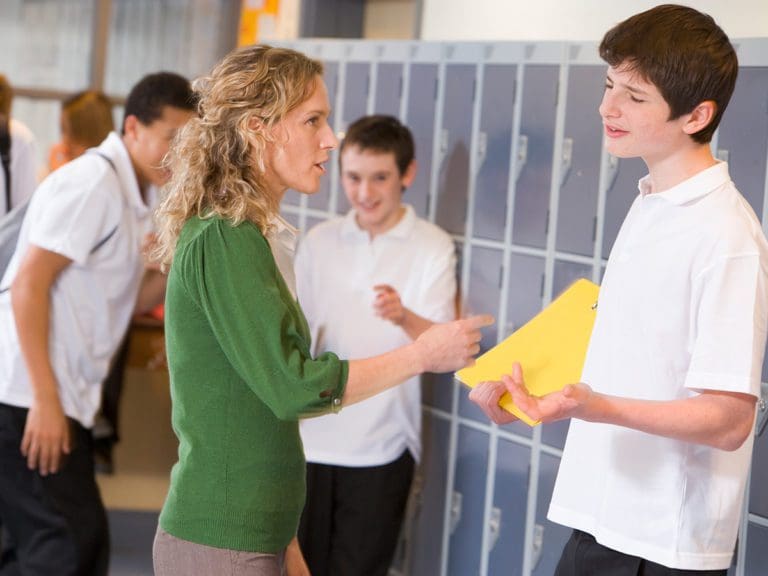Whenever students spend extended time near other students, within a structured environment where behavior expectations and parameters are present, there will be missteps and conflicts. The challenge for educators is to respond in ways that avoid escalation of the situation and minimize the probability of the behavior being repeated.
Unfortunately, without thought and discipline on our part, what begins as minor to moderate misbehaviors can become major incidents requiring significant time and actions to restore calm and redirect attention toward learning. In many situations, how we respond to misbehavior can be as determinative in the outcome as the original behavior. Let’s consider six mistakes to avoid when we encounter behavior challenges.
First, resist making and acting on assumptions. Every behavior we see has a context. Something led to the words or actions we heard or saw. Unless we know what motivated and stimulated the behavior, we risk making assumptions that are not correct. A classic example of this mistake can be found when sports officials observe and penalize a person who is responding to the actions of another player without seeing what happened first. The context for student misbehavior can be even more difficult to ascertain. What we see may even be the result of an incident at home or before a student entered our class. Unless we take time and try to understand what is behind the behavior, we risk taking the wrong action in response, leaving the student feeling mistreated and disrespected, and our relationship with the student in tatters. Time taken to understand what is behind misbehavior can be time well spent.
Second, avoid confusing the student and the behavior. Almost any student will misbehave at some time. However, their misbehavior doesn’t make them a bad person. We need to be careful to focus on what the student did and why it’s unacceptable while continuing to value the student. Students will also occasionally fail to make this distinction, especially if the misbehavior led to an unfortunate outcome involving another person. We need to be clear and reassuring that what we are concerned about is the behavior and how to prevent its reoccurrence, not blaming or trying to “fix” the student. Behavior is what the student did, not who they are. Failure to make this distinction can lead to longer term resentments and perceptions that are harmful to the student and our relationship with them.
Third, resist reacting to what happened and focus on responding to the behavior. We may feel the need to immediately act when we observe misbehavior. Of course, when personal safety is involved, we may not have the option of waiting to become involved. However, in most cases, the student’s interests and ours are best served if we take time to think and, if necessary, calm ourselves before responding. A deep breath and a moment of thought can often prevent us from saying or doing something we will later regret. A quick reaction risks us making promises we can’t keep and threatening consequences we can’t deliver.
Fourth, avoid punishing mistakes and focus on teaching appropriate behavior. We may need to assign or allow consequences to follow misbehavior, but we need to be focused on helping the student learn and adjust their behavior. Our counsel and coaching may include behavior options from which the student can choose to accomplish their goals and meet their needs without engaging in behavior that is unacceptable. Little is gained if a student is punished without an understanding of how to avoid making the same mistake in the future.
Fifth, resist using shame and embarrassment to change behavior. When we publicly shame a student or embarrass them in front of classmates and friends, we can be “sowing the seeds” of the next incident of misbehavior and conflict. Beyond the damage we may do to self-concept and self-confidence, many students feel that they must “repay” disrespect and humiliation to reestablish respect with peers. The result for us can be a bigger problem and more troubling incident than what we encountered with the initial misbehavior.
Sixth, avoid taking student misbehavior personally. When we take personal offense or allow our ego to become involved, we risk losing our objectivity and responding in kind rather than with wisdom and restraint. As the adult and authority in the classroom, we need to be the stable, reasonable influence. When we abandon our professional stance, we also risk creating instability and fear among other members of the class. Finally, we need to avoid placing our relationship with the student in question. Our relationship should never be used as a bargaining chip.
Without question, student misbehavior can present difficult challenges to our leadership and authority. However, we need to do everything we can to use the situation as a learning opportunity, to preserve safety and stability, and to maintain our professional position and respect.



